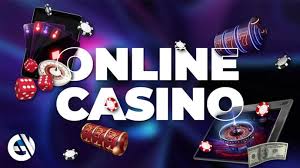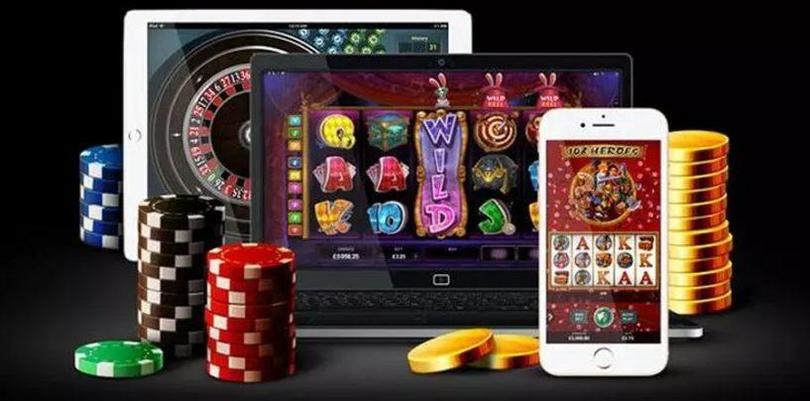The Role and Impact of NFTs in Modern Digital Culture

The Role and Impact of NFTs in Modern Digital Culture
Non-Fungible Tokens (NFTs) have rapidly emerged as a revolutionary concept in the digital landscape. By allowing digital assets to be tokenized and verified on a blockchain, NFTs have created new avenues for artists, gamers, and collectors. These unique digital identifiers confer ownership and provenance to various forms of digital content, be it art, music, virtual real estate, or in-game items. As we delve deeper into the role of NFTs in contemporary culture, we will explore their implications in various sectors, their benefits, and the challenges they pose. For those interested in alternate forms of entertainment, you might also want to check out the The Role of NFTs in Online Casino Rewards in 2025 megapari apk for the latest gaming experiences.
Understanding NFTs: The Basics
At their core, NFTs are digital assets that represent ownership of a unique item or piece of content on the blockchain. Unlike cryptocurrencies such as Bitcoin or Ethereum, which are fungible and can be exchanged one for another, NFTs are one-of-a-kind and cannot be replicated. This uniqueness is what makes them especially appealing in the realms of digital art and collectibles.
NFTs in the Art World

The art world has seen a seismic shift with the introduction of NFTs. Artists can now sell their digital works directly to consumers without the need for traditional gatekeepers like galleries or auction houses. Notable NFT art sales, such as Beeple’s “Everydays: The First 5000 Days,” which sold for a staggering $69 million, exemplify the potential of this new medium. With NFTs, artists can also retain royalties on secondary sales, providing a continuous income stream from their work.
Gaming and NFTs
In the gaming industry, NFTs are redefining how players connect with virtual worlds. Games like Axie Infinity and Decentraland incorporate NFTs enabling players to own in-game assets, such as characters, skins, or virtual real estate. This ownership model not only empowers players but also creates a potentially lucrative market where users can buy, sell, or trade these assets. The growing trend of “play-to-earn” games showcases how NFTs can transform gameplay into an income-generating experience.
Collectibles and Cultural Significance
Beyond art and gaming, NFTs have extended into the world of collectibles. Sports NFTs, for example, allow fans to own unique digital highlights, trading cards, and even memorabilia in a verifiable and secure format. This has formed new ways for fans to engage with their favorite teams and athletes while also opening up opportunities for investment. The cultural significance of these NFTs cannot be underestimated, as they create a shared community of enthusiasts that are passionate about collecting and celebrating their favorite moments.
The Environmental Impact of NFTs

Despite their myriad benefits, NFTs are not without controversy. The environmental impact associated with the minting and trading of NFTs has sparked significant debate. Most NFTs are created on the Ethereum blockchain, which currently relies on energy-intensive proof-of-work (PoW) consensus mechanisms. This has led to concerns over carbon footprints and sustainability. However, the blockchain community is increasingly working toward more eco-friendly solutions, including the transition to proof-of-stake (PoS) systems that aim to drastically reduce energy consumption.
Future Trends and Innovations
Looking ahead, the future of NFTs holds immense potential. As technology progresses, we can expect to see more interoperability between different platforms and blockchains. Innovations such as fractional ownership may make it easier for more people to invest in high-value NFTs. Additionally, the integration of augmented reality (AR) and virtual reality (VR) technologies may further enhance the user experience, allowing for immersive interactions with digital assets.
Conclusion: The Lasting Legacy of NFTs
In conclusion, NFTs represent a significant evolution in how we think about ownership, creativity, and commerce in the digital realm. They have empowered artists and creators, reshaped the landscape of fan engagement, and introduced new economic models. As the technology continues to evolve and mature, it will be fascinating to see how NFTs integrate into broader societal structures and cultural practices. The journey of NFTs is just beginning, and their long-term impact will likely reverberate across industries for years to come.